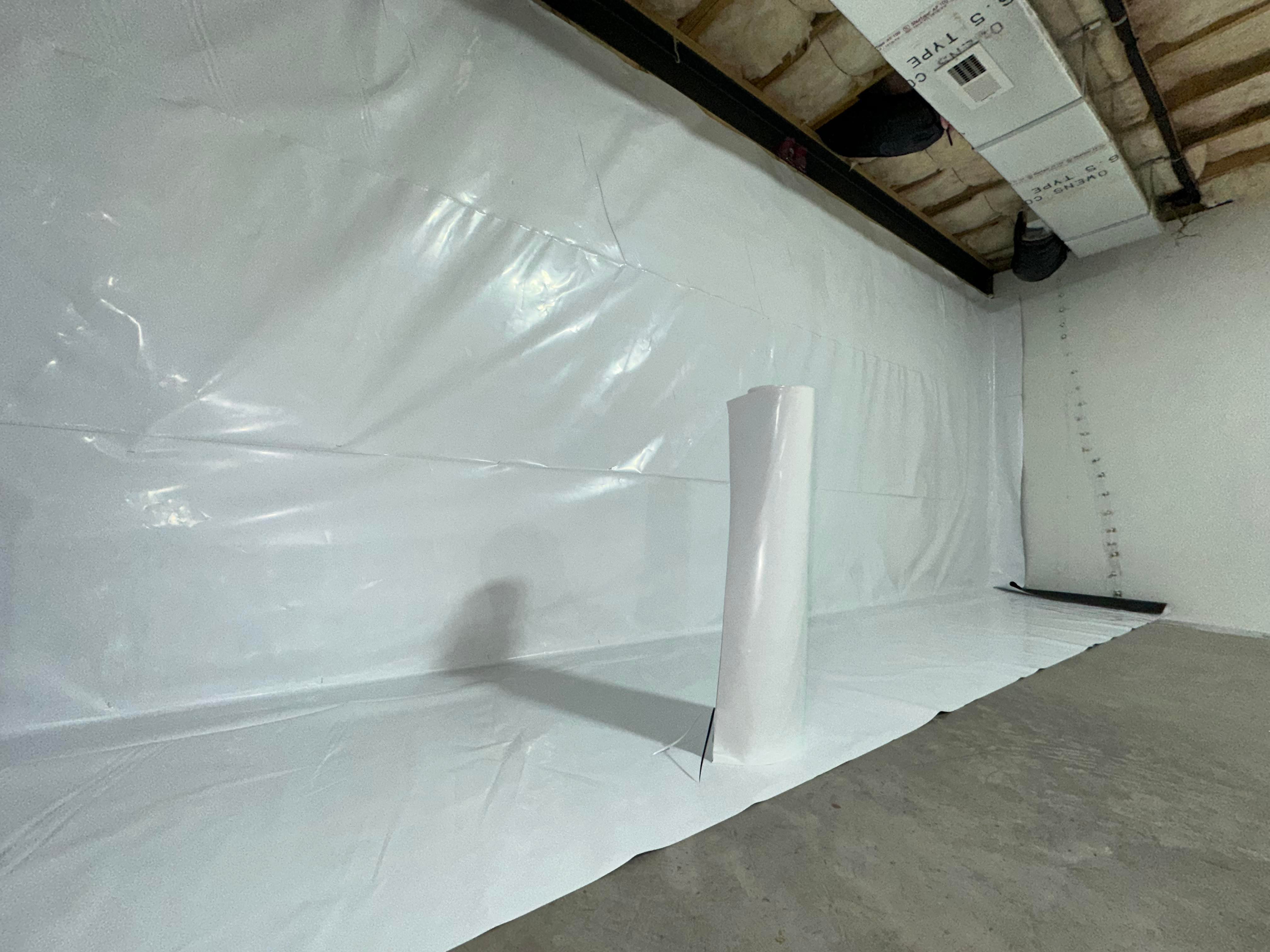
Choosing Barriers for Basement Use: What You Need to Know
When it comes to waterproofing your basement, one of the most important choices you'll make is the type of vapor or moisture barrier you install. The right barrier can help prevent water intrusion, mold growth, and costly structural damage. But not all barriers are created equal—especially when it comes to basement environments, which often deal with high humidity and hydrostatic pressure.
Here’s a practical guide to help you choose the best barrier for your basement project.
🧱 Why You Need a Barrier in the Basement
Basement walls and floors are usually made of concrete, which is porous. That means water vapor can pass through even without visible leaks.
A proper barrier:
-
Prevents moisture from seeping into interior spaces
-
Improves indoor air quality
-
Helps regulate humidity
-
Protects insulation, flooring, and drywall from damage
-
Lays the foundation for long-term structural health
📋 Types of Barriers for Basement Use
1. Vapor Barriers
Purpose: Blocks water vapor from migrating through walls or floors
Best For: Finished basements, insulation backing, or wall systems
Materials:
-
Polyethylene sheets (6–20 mil thick)
-
Reinforced or multilayer vapor barriers for added strength
-
Aluminum-faced barriers for radiant heat reflection
🛠️ Tip: In basements, thicker vapor barriers (≥12 mil) are preferred to withstand contact with masonry and physical stress.
2. Moisture Barriers (or Damp-Proof Membranes)
Purpose: Reduces or slows the passage of moisture from the ground or walls
Best For: Floors under laminate/vinyl, or in unfinished utility basements
Materials:
-
Rolled plastic (6–10 mil)
-
Liquid-applied coatings or paints
-
Dimpled drainage mats that allow water to flow to a sump pump
3. Drainage Mats + Vapor Barrier Combos
Purpose: Allows water to flow behind the wall barrier to a drainage system while blocking vapor
Best For: Homes with active hydrostatic pressure or frequent leaks
Materials:
-
Dimpled plastic with fabric overlay
-
Installed with integrated floor-to-wall drainage
-
Usually paired with interior French drains or sump systems
⚖️ Key Factors to Consider
| Factor | What to Look For |
|---|---|
| Thickness | At least 12–20 mil for basements (more durable) |
| Permeability | Low-perm (≤ 0.1 perm) to block water vapor |
| Material | Reinforced polyethylene or multi-layer plastic for durability |
| Installation Area | Walls, floors, behind insulation, or under slab |
| Environment | Consider if space is finished, heated, or naturally damp |
🏆 Why Choose Crawldryer Barriers
Crawldryer vapor barriers are engineered for high-moisture, high-pressure environments like basements and crawl spaces. With multi-layer reinforcement, excellent puncture resistance, and low-permeability ratings, our barriers are ideal for both residential and commercial basement applications.
Choose from:
-
12 mil: For finished basements with light to moderate moisture
-
15–20 mil: For long-term performance, high-humidity areas, or concrete contact
-
Custom sizes & kits available for walls, floors, and sump pump integration
✅ Conclusion
Choosing the right barrier for your basement is essential to a successful waterproofing strategy. From thickness to permeability, understanding your home’s specific needs will ensure lasting protection and peace of mind.
Have questions about which vapor barrier is right for your project? Reach out to the Crawldryer team—we’re here to help.